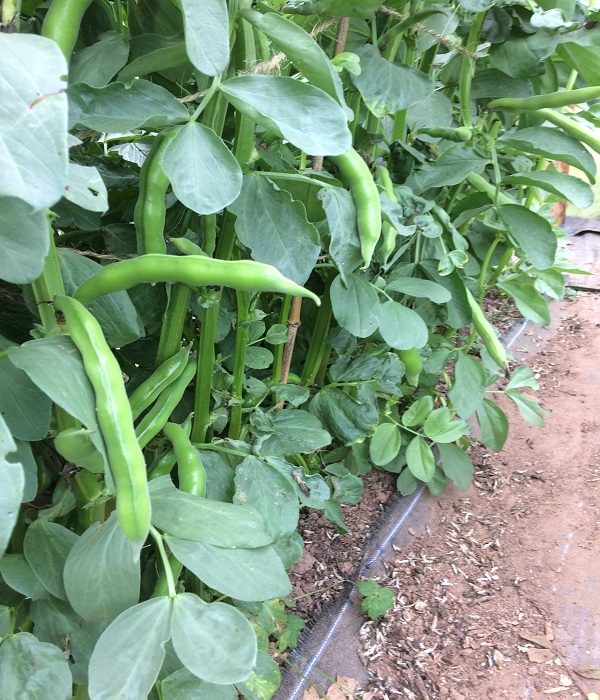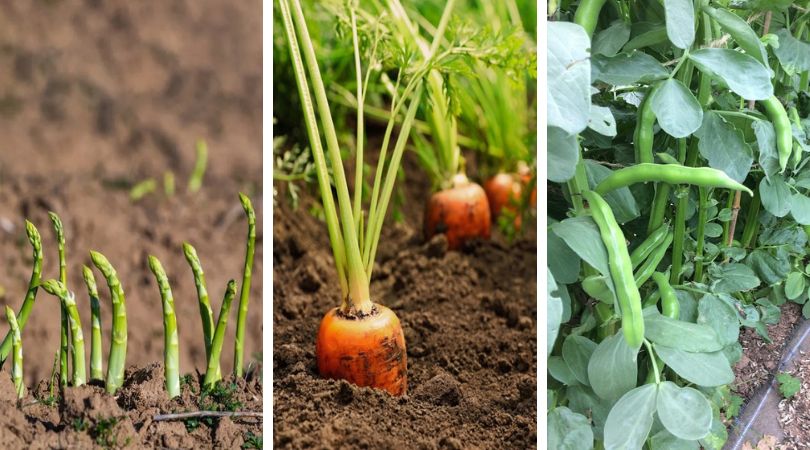If your garden isn’t buried under a foot of snow, it’s not too late to plant seeds. The majority of fall crops won’t be available for harvest until April, but that doesn’t mean you shouldn’t plant them now!
- The soil is still rather warm, which is good news for rapid seed germination.
- Newly planted seeds can benefit from the good weather until the first frost. As a bonus, maintaining moist soil is less of a hassle during this season.
- It’s also a great time to sow spring flowers like bulbs.
- If you reside in a place with harsh winters and worry that no plants will survive, you may relax right now. You can start your garden early in the spring by pre-seeding it.
The next logical question, now that you know you can plant in the fall for a harvest in the spring, is what to grow. So as to further spark your imagination, let’s go over the following fall planting list:
Leafy greens
Kale and collard greens are at the top of the list because of their deliciousness, excellent health benefits, and capacity to withstand the cold of winter. You can still grab a couple of leaves from the garden if the temperature is above freezing. Dehydrate the leaves and use them in savory kale chips, or use them in soups or stews.
Mulching the area surrounding the plant’s base can prevent frost damage and help it survive for longer in the garden.
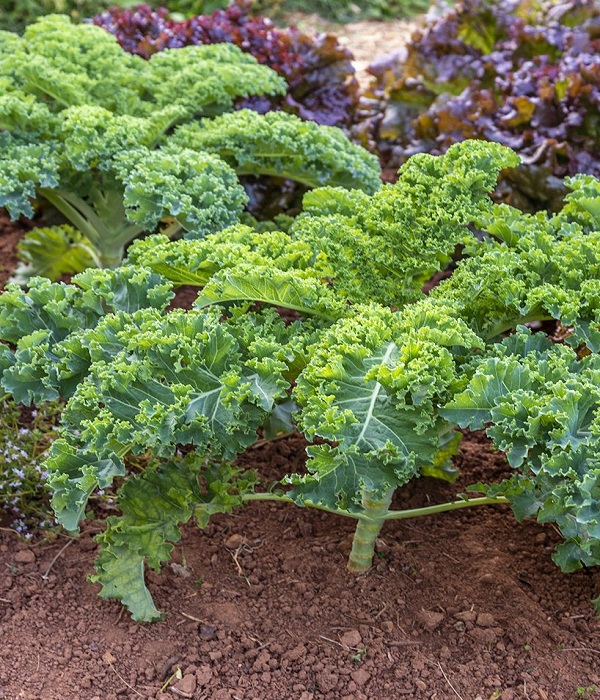
Onions & shallots
You won’t be able to consume these until next summer due to the extended growth season of alliums, but now is the time to plant them!
Onion sets can be planted in the fall, giving the roots plenty of time to establish themselves before the soil freezes.
The only thing to keep an eye out for is that they may still be underground (hiding) when you’re ready to plant early spring crops like peas or carrots.
Leaving a marking at the site where your onions and shallots were planted might help prevent you from digging them up by mistake.
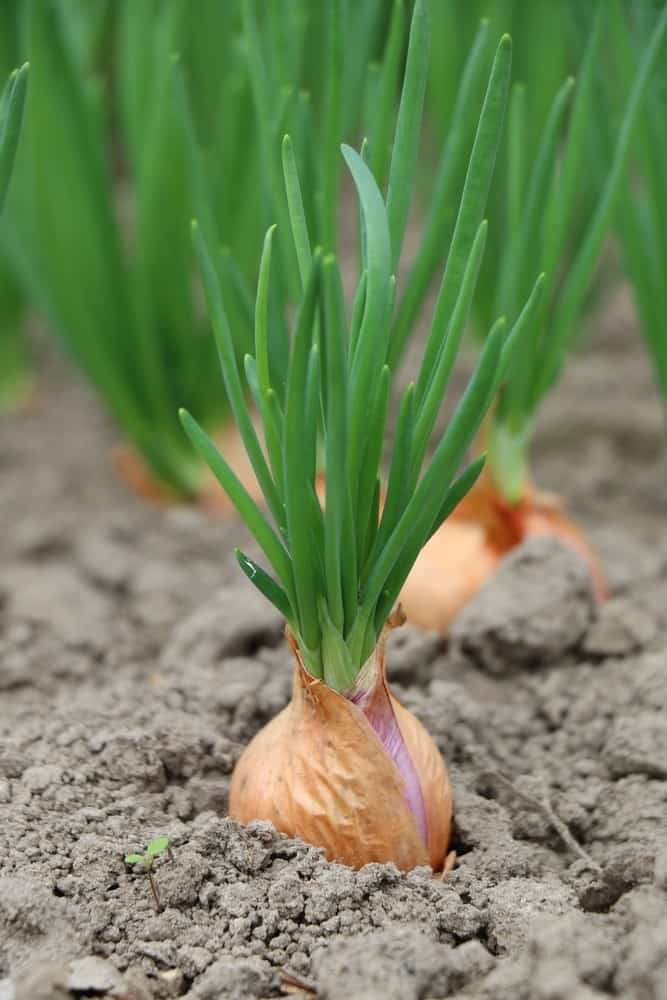
Spring onions
Because they may be picked repeatedly even after the first snowfall, perennial bunching onions are a garden favorite.
Not only do they appear in the garden before the ramps, but they are one of the first greens to do so.
Although the leaves and stems of spring onions (also known as scallions) are easily damaged by frost, the roots of these plants always survive the winter. When you plant in the fall before it gets too cold, you can reap in the spring.
During the colder months, you can still enjoy the flavorful onion greens by growing them in a greenhouse or cloche.

Garlic
There seems to be no end to the benefits of garlic.
It protects against influenza and colds. Pickling it yields excellent results, and so does fermenting it in salsa or this lacto-fermented garlic recipe.
What a potent plant!
Its real superpower, though, is simply making it through the winter.
After the autumnal equinox in late September, fall is the optimal time to plant garlic. You still have time to make your garden beds ready; in the meantime, bury your garlic cloves six to eight inches deep and cover them with mulch.

Asparagus
If you want to enjoy the delicious green spears of asparagus, you’ll need to be patient or have access to a bed that’s already well-established.
Asparagus crowns need at least two years to mature before they can be harvested, but the wait is well worth it when the spears are crisp and fresh from the garden.
Typically, those who are patient are rewarded generously. Because asparagus spears can keep producing for 25 years or more after being planted in the fall.
In the right conditions, asparagus is dependable, nutritious, and a top performer in the garden.

Turnips
Turnips may not be on everyone’s must-have list, but they do have their merits.
The B vitamins, iron, magnesium, calcium, and copper that they contain are abundant. The leaves, in addition to the tuber, can be eaten.
It’s possible that some people will view this plant as something only to be eaten in times of emergency, a “survival plant” (or a plant grown specifically for cattle consumption). While tending a garden might be a lot of work, it’s important to prioritize growing things that require little maintenance but yet provide the nutrients we need to stay healthy.
As well as being anti-inflammatory and beneficial to our immune systems, turnips also strengthen our bones, speed up our metabolism, and enhance our energy levels.
What else would you want from a winter vegetable?
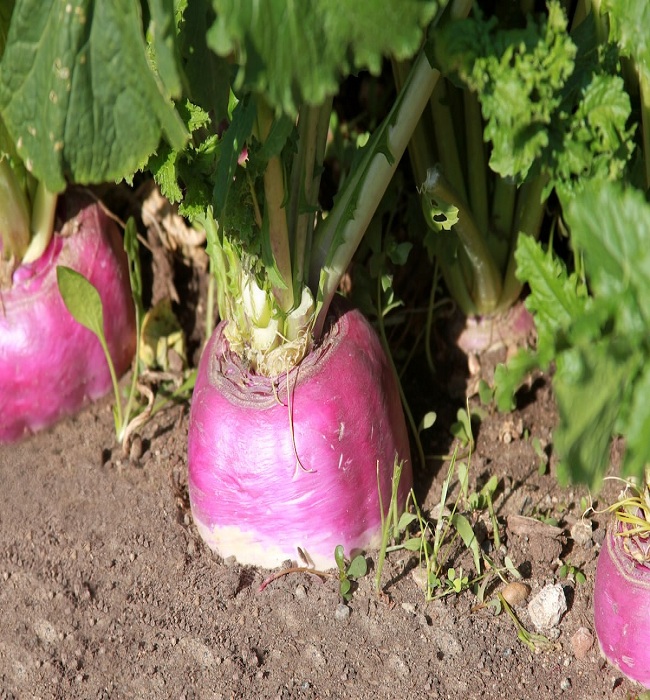
Carrots
A polytunnel or do-it-yourself greenhouse is ideal for growing carrots to a substantial size before eating.
In any case, keep in mind that they won’t develop much during the winter if placed directly in the soil, but they’ll be one of the first greens to appear in your garden come May!
It’s easy to overlook the fact that carrot greens can be eaten at any time of year. Simply remove a few leaves from the top of each carrot so that you don’t stunt the development of the underground root.

Winter lettuce
It’s lovely to have a taste of green in the dead of winter.
But if you buy lettuce at the supermarket, it may have traveled hundreds of kilometers to get to you.
Grow your own salad mixes all year round in a greenhouse or cold frame.
You can grow winter gem lettuce, lamb’s lettuce, cress, rocket, radicchio, and endive in the fall because they all thrive in the cooler weather.
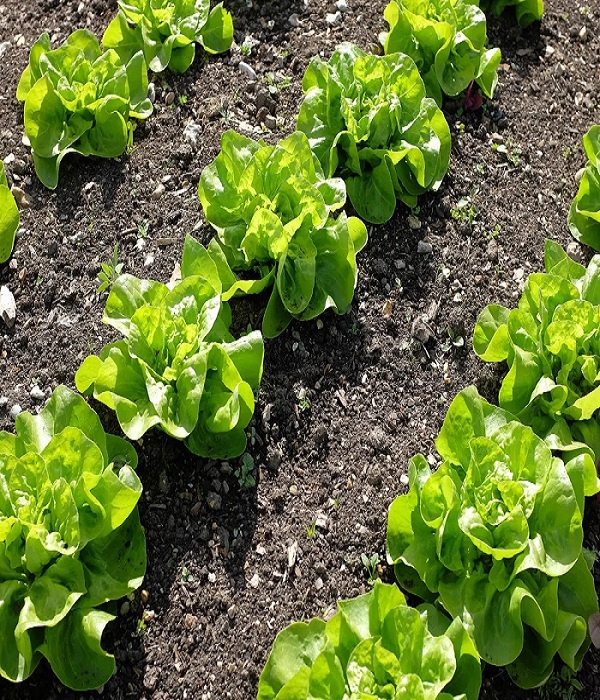
Perpetual spinach
Although it’s little maintenance to grow, “perpetual spinach” is a leafy vegetable that is neither perpetual nor a true spinach.
Since it is a member of the chard family and matures much more quickly than spinach, it can stay in the garden for much longer.
You can eat perennial spinach year-round, regardless of the weather.
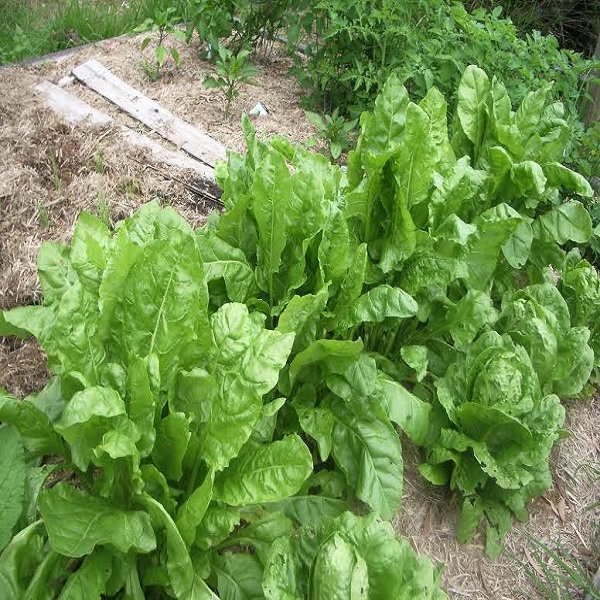
Broad beans
The flowers of the broad bean plant are as lovely as they are nutritious.
Naturally, the ideal way to enjoy them is right after they’ve been chosen. Some types can be planted in the fall in addition to the usual spring planting. A top pick is “Aquadulce Claudia.”
In some regions, you can seed this cultivar as late as November. However, additional mulch or a cloche may be required if the winter is particularly severe.
